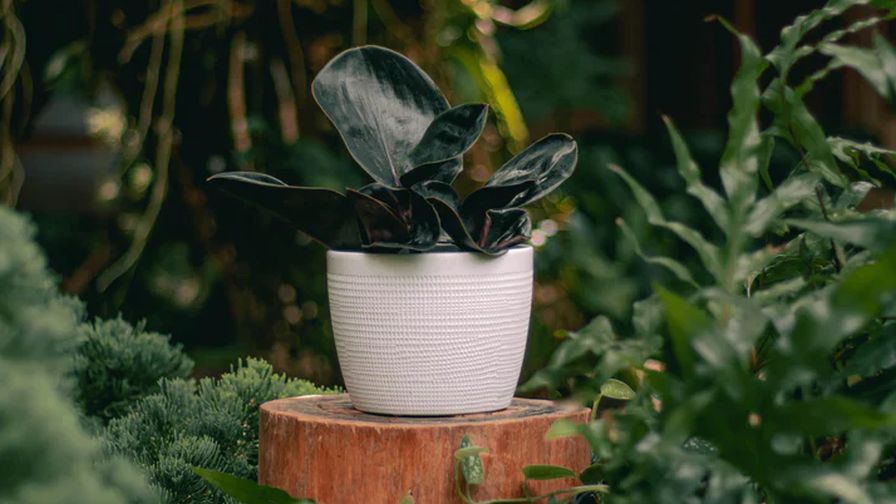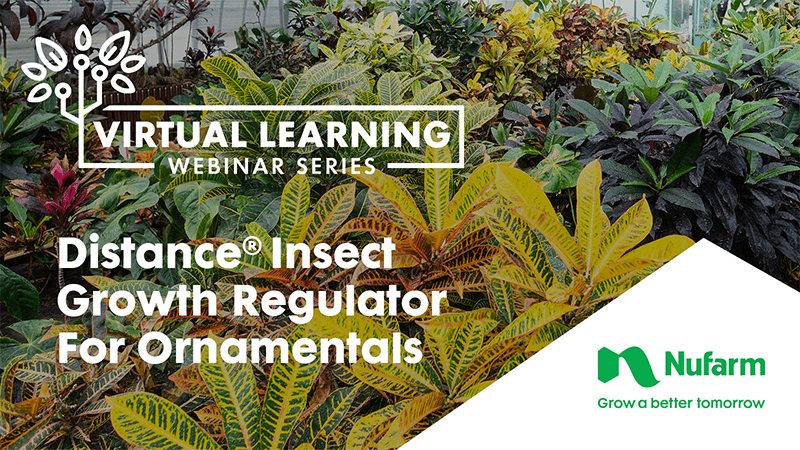10 Questions To Ask Before Purchasing A Greenhouse Covering
Whether you’re replacing an existing greenhouse covering or building a new greenhouse, it’s a significant investment, so you need to make sure you have the right type of covering to suit your needs and budget. What’s more, with production costs on the rise, you can’t afford to have anything less than a durable, high-quality covering that is energy efficient. To make a smart purchase, do your homework before you buy. A good place to start is by answering the following questions, which will help you separate the good products from the mediocre ones.
1. What is my goal?
“Think about the purpose of your covering before you buy to help eliminate products that won’t fit your needs,” says Ken Aguilar, business development manager for Polydress Solawrap Films, a company that provides plastic sheeting solutions for the green industry. “Do you want to save in heating? Grow better plants? Protect crops in a high risk area? You must weigh each option for each of your concerns.”
2. What is my budget?
Before you lay down any cash, determine what your cash flow is and decide on a budget. Consider what the upfront costs will be, as well as the total cost of ownership. Just because a greenhouse covering option has the lowest upfront costs, it might be the most costly in the long run.
“The USDA offers the ability to do energy audits comparing various products on its VirtualGrower website,” says Blair Busenbark, COO and outside sales representative for Adaptive Plastics Inc., manufacturer of Solexx greenhouse coverings. “Growers can compare various options and determine what their return on investment will be.”
3. Am I buying from a reputable company?
“Find out how long the company you are purchasing from has been in business,” Aguilar says. “Ask for references and talk to some of their users. It is helpful to go look at their films in real life situations.”
4. How do I ensure the company I am buying from will deliver on time?
Not every poly company is timely when delivering products, says Tom Gipson, consultant for Lumite, maker of Sun Master greenhouse films. He says he recommends growers store a year’s worth of extra coverings in case their shipment is delayed. Better yet, go with a company that has a reputation for delivering on time.
5. Have I thoroughly checked out the warranty for this product?
Do your homework and have your technical guys go over the warranty for any product you are thinking about buying. Find out what is covered and what is not. Is there anything that negates the warranty?
Gipson says growers often don’t realize that one of the most common things that voids a warranty for poly is chemical reactions, which is why growers need to use caution when using chemicals to clean their poly houses.
6. What is the light transmission of this product?
Will the product you are considering offer diffused or direct light? With direct light, you may have to deal with hot spots or the hassle of whitewashing. Diffuse light offers the benefits of better cooling and more uniform plant growth.
“Diffuse light helps keep a greenhouse cool in the summer,” says Busenbark. “It offers more uniformity and a shorter turn around for crops, and it is better for workers.”
When looking at the light transmission of various products, Busenbark says comparing apples to apples is best. He says to ask a company how it runs its test for light transmission. Since the light transmission of some products degrades over time, you need to understand if this loss of light transmission is covered under the warranty, he says.
7. Will this product save energy?
With rising energy prices, it helps to know what the thermal resistance or r-value of your product is. R-value is a measure of the capacity to resist heat flow. The higher the r-value, the better the insulation capacity of the product and the more savings you’ll realize in energy costs.
8. Is there USDA grant money or utility credits for this product that will help offset the cost?
USDA grant money is available to help agricultural operations and rural small businesses improve their energy efficiency and save on energy costs. It is worth checking into before making a purchase. Some areas also offer utility credits that help defray costs, although Busenbark says in some states you have to have a certain r-value to get them.
9. Is this a durable, high-quality covering?
You want a covering that will stand the test of time and hold up under weather conditions like hail, snow and wind. Consider whether the covering you choose has condensation reducing qualities. Also, determine if it will maintain its shape over time or yellow and grow brittle with age.
“Quality is so important, you need to take it into account before price,” Gipson says.
10. Can this product be recycled?
“Recycling can be done and should be done for most products,” Aguilar says. “The best part about longer-life films is there is less environmental pressure because you don’t have to replace them as often, which should be a consideration when purchasing.”









